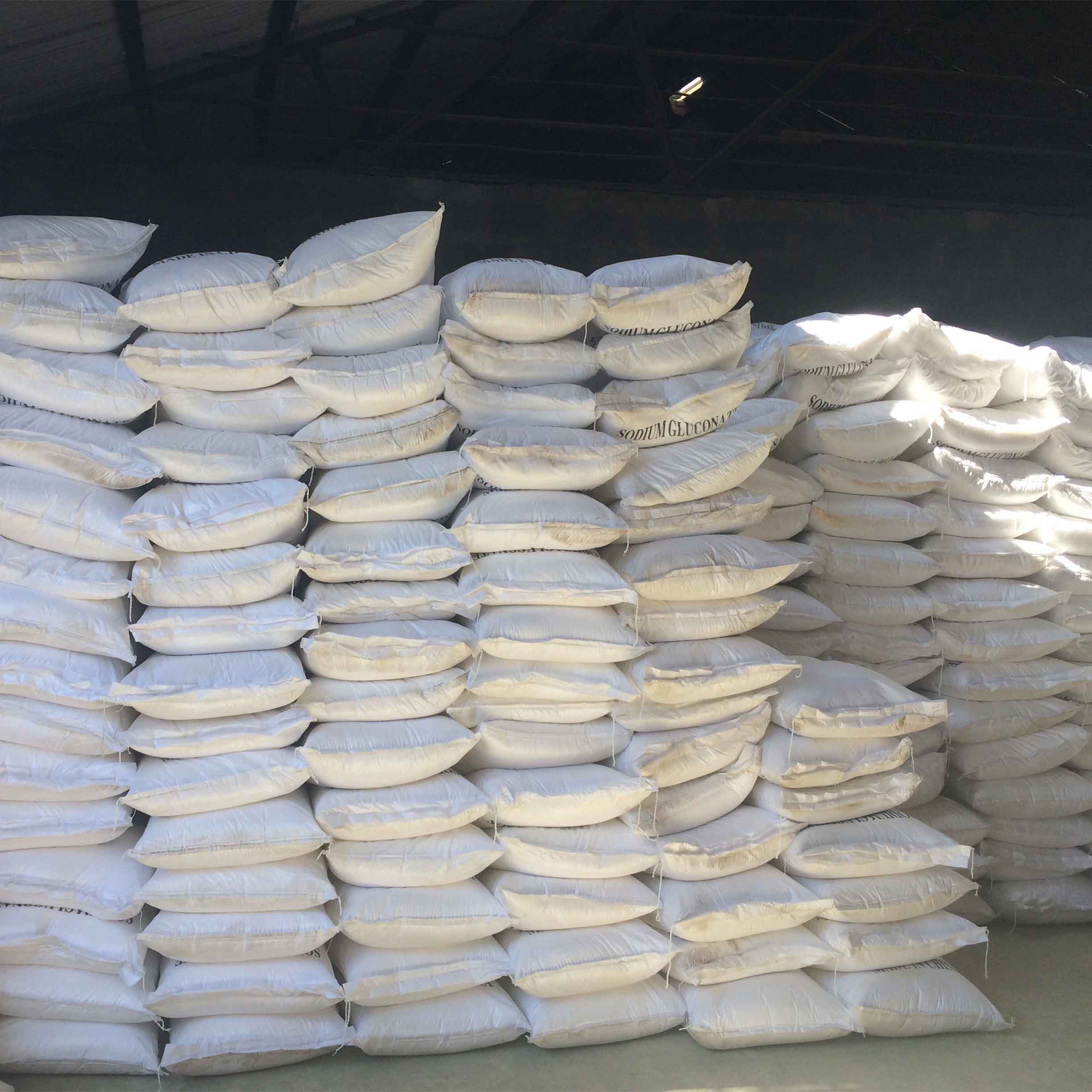
ديسمبر . 11, 2024 07:22 Back to list
treated urea fertilizer
The Role of Treated Urea Fertilizer in Agriculture Enhancing Crop Yield and Sustainability
In modern agriculture, the optimization of crop yields while minimizing environmental impact has become a critical challenge. One of the most widely used fertilizers in this context is urea, particularly treated urea fertilizer, which has gained popularity due to its effectiveness and versatility. This article delves into the characteristics, benefits, and environmental implications of treated urea fertilizer.
Understanding Treated Urea Fertilizer
Treated urea is a form of nitrogen fertilizer that has undergone specific processing to enhance its efficacy and reduce nitrogen loss. The primary nutrient in urea, nitrogen, is essential for plant growth, as it plays a vital role in forming proteins, chlorophyll, and enzymes. However, traditional urea can be subject to volatilization and leaching, which diminishes its effectiveness and poses risks to the environment. Treated urea fertilizers often incorporate stabilizers or inhibitors that minimize these losses, ensuring a more efficient release of nutrients to crops.
The Benefits of Treated Urea Fertilizer
1. Improved Nitrogen Use Efficiency One of the most significant advantages of treated urea fertilizer is its enhanced nitrogen use efficiency (NUE). By reducing nitrogen losses through volatilization and leaching, farmers can achieve better crop yields with lower application rates. This efficiency not only benefits the farmer's bottom line but also lessens the environmental impact associated with over-fertilization.
2. Sustainability and Environmental Considerations The application of treated urea fertilizers contributes to sustainable farming practices. By minimizing nitrogen runoff into water systems, it helps prevent issues such as eutrophication, which can lead to harmful algal blooms and degraded water quality. The use of treated urea therefore supports the balance between agricultural productivity and environmental stewardship.
treated urea fertilizer

3. Flexibility in Application Treated urea fertilizers can be applied at different growth stages, allowing for flexible management practices tailored to specific crops and soil conditions. This adaptability is crucial in precision agriculture, where individual field characteristics can dictate the timing and amount of fertilizer needed.
4. Enhanced Crop Quality With improved nutrient delivery, crops treated with urea fertilizers often show enhanced growth and yield quality. Key metrics such as protein content in grains can be positively affected, contributing to higher market values for the produce.
Challenges and Considerations
Despite its benefits, the application of treated urea fertilizer is not without challenges. Farmers must be educated on the proper usage and timing of application to maximize benefits and minimize costs. Additionally, the cost of treated urea fertilizers may be higher than conventional urea, which can be a barrier for some farmers, especially in developing regions.
Moreover, while treated urea significantly reduces nitrogen losses, it is not a panacea. Integrated Nutrient Management (INM) practices, which include the use of organic fertilizers, crop rotation, and soil health assessments, are essential for a holistic approach to soil fertility.
Conclusion
In conclusion, treated urea fertilizer represents a significant advancement in agricultural practices. By improving nitrogen use efficiency, promoting sustainability, and enhancing crop quality, it addresses some of the most pressing challenges faced by modern agriculture. As farmers and agricultural scientists continue to innovate and adapt to changing environmental conditions, treated urea fertilizer stands out as a valuable tool in the quest for sustainable food production. Embracing such advancements is vital not only for increasing agricultural output but also for ensuring the health of our ecosystems and future generations.
-
Premium 10 10 10 Fertilizer Organic for Balanced Plant Growth
NewsJul.29,2025
-
Premium 10 10 10 Fertilizer Organic for Balanced Plant Growth
NewsJul.29,2025
-
Premium 10 10 10 Fertilizer Organic for Balanced Plant Growth
NewsJul.29,2025
-
50 Pound Bags of 13-13-13 Fertilizer for All Plants – Bulk & Organic Options
NewsJul.28,2025
-
High-Efficiency 15-30-15 Granular Fertilizer for Healthy Crops
NewsJul.28,2025
-
15-30-15 Granular Fertilizer for Optimal Crop & Lawn Growth
NewsJul.27,2025
